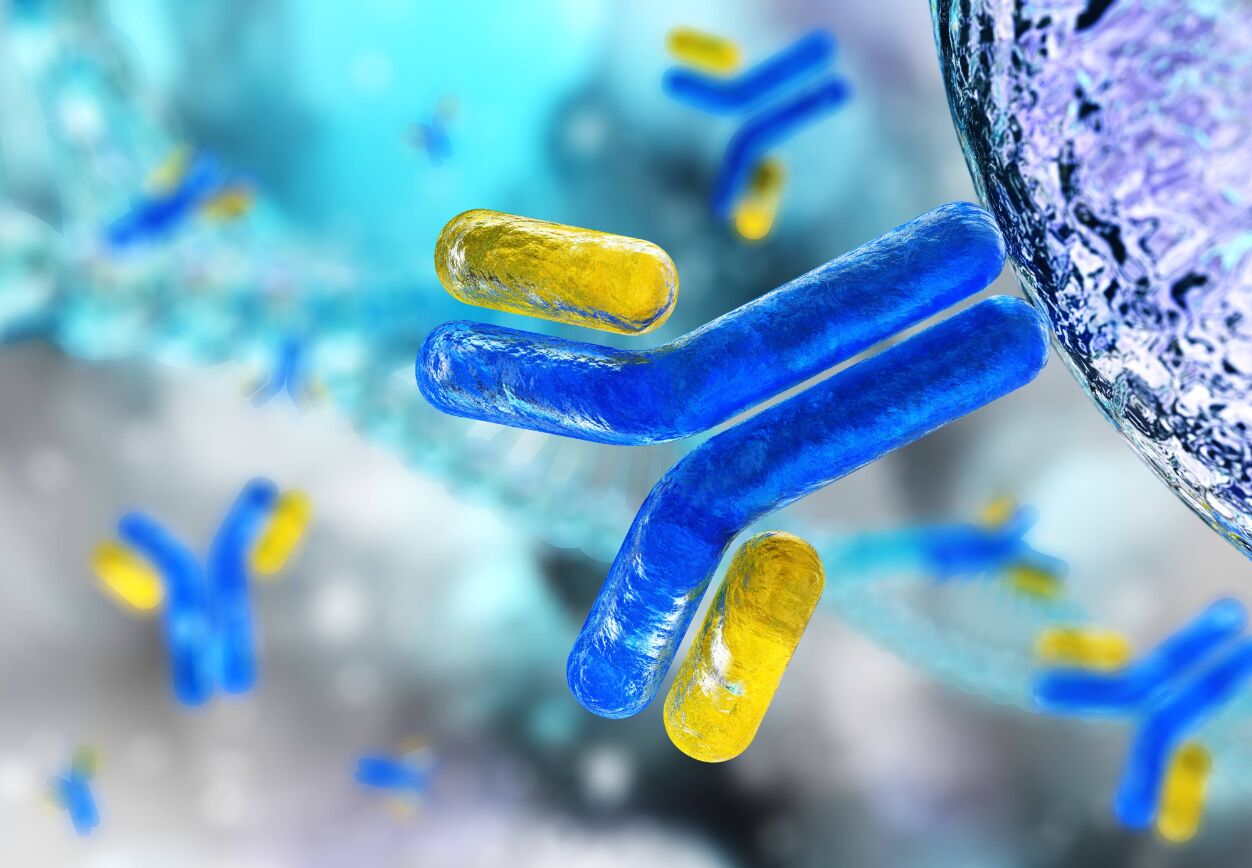For a long time, hybridoma technology has been the main technology for preparing monoclonal antibodies in the laboratory. But in the past decade, the rapid development of genetic engineering recombination technology has brought new innovations, especially in the field of high-end antibody applications, including the development of therapeutic antibody drugs.
Hybridoma technology
Hybridoma technology originated in the mid-1970s and is easy to understand. Choosing the right technique depends on the use of the antibody you need. If you need high-yield antibodies, hybridoma technology is the right choice. But its problems are long cycles and incomplete recognition of epitopes.
Phage display
Phage display technology is to insert the antibody genes isolated from innate and acquired individuals into phage DNA. An antibody molecule includes a variable region of an antibody that binds to an antigen, called scFv, and is linked to a phage capsid protein. After the phage infects E. coli, the single-stranded DNA replicates in the host, and the phage is reassembled and secreted into the culture medium without lysing the host E. coli. The phage is incubated with the target antigen, and the bound phage is separated, amplified, and purified. This method can easily screen a large number of clones.
Ribosome display
The technology is based on the conformation of a stable antibody-ribosomal-mRNA complex. Therefore, it is similar to phage display technology. An antibody protein is physically linked to its coding sequence. Antibody genes are transcribed, producing many mRNA molecules, each of which represents a different antibody gene. The mRNA molecule is incubated with the ribosomes of the bacteria, and then the mRNA is translated into protein, but the 3 ‘end of the mRNA molecule is still immature. Each complex displays a different antibody. After passing through an affinity column containing the target antigen, some complex that can be bound will not be washed away. This display technology is completely done in vitro and does not require cloning to complete the construction of large-scale antibody libraries.
Yeast display
Yeast display uses a pairing factor protein Aga2p to display scFv in Saccharomyces cerevisiae, and uses biotin-labeled antigens to isolate desired cells. Furthermore, real-time binding can be tracked using a fluorescently labeled antigen and flow cytometry.
This technology can generate antibodies against a variety of antigenic epitopes, but needs to be familiar with the genetic background of yeast and flow cytometry. At the same time, compared with phage display technology, the transformation efficiency is lower, and a large amount of DNA is required to construct an antibody library. But for some experts, yeast display is becoming the main technology for antibody acquisition and design.
Baculovirus display
Baculovirus has become the most common insect cell expression system due to its ability to express a large number of active proteins, and has been reported to produce 1-500 mg per liter of cells. The antibody gene is inserted downstream of the polyhedron promoter, enabling high levels of secretion into the library and cell culture. The disadvantage of this technique is that it requires careful cultivation, and insect cells need a lot of oxygen. In addition, time is a key factor in the technology.
Mammalian cell display
The advantage of expressing proteins in mammalian cells is that mammalian systems can instantly recognize antibodies. The human 293 cell line and Chinese hamster cell line are commonly used in mammalian cell antibody expression systems. However, this technology requires the use of a large number of genetic engineering techniques, and the growth of mammalian cells takes a lot of time, and the yield is not satisfactory.
